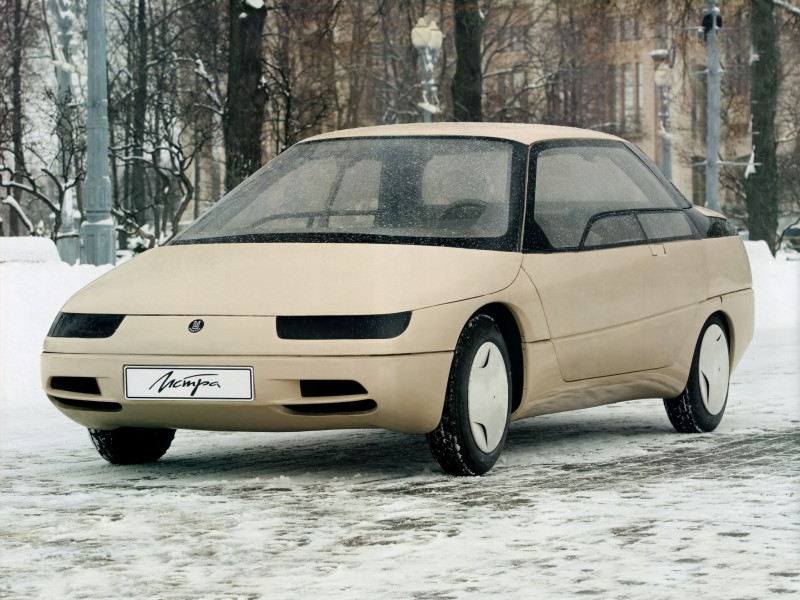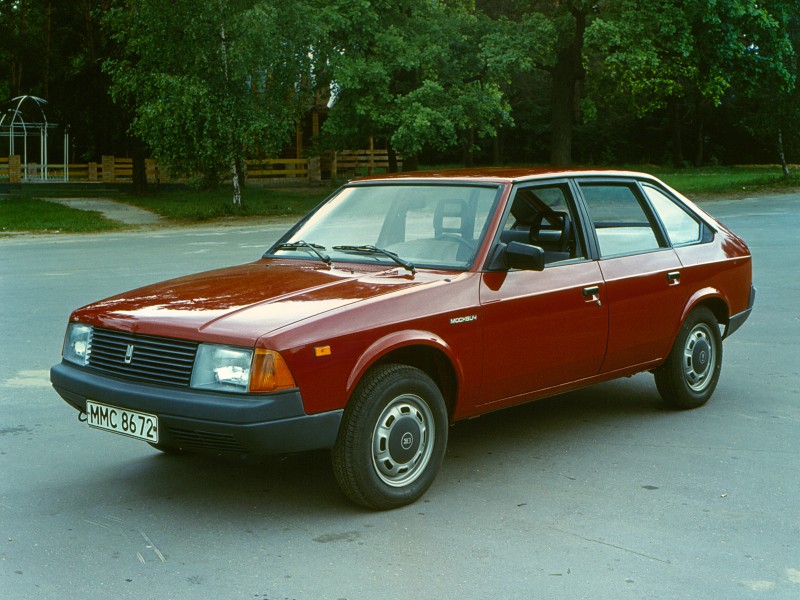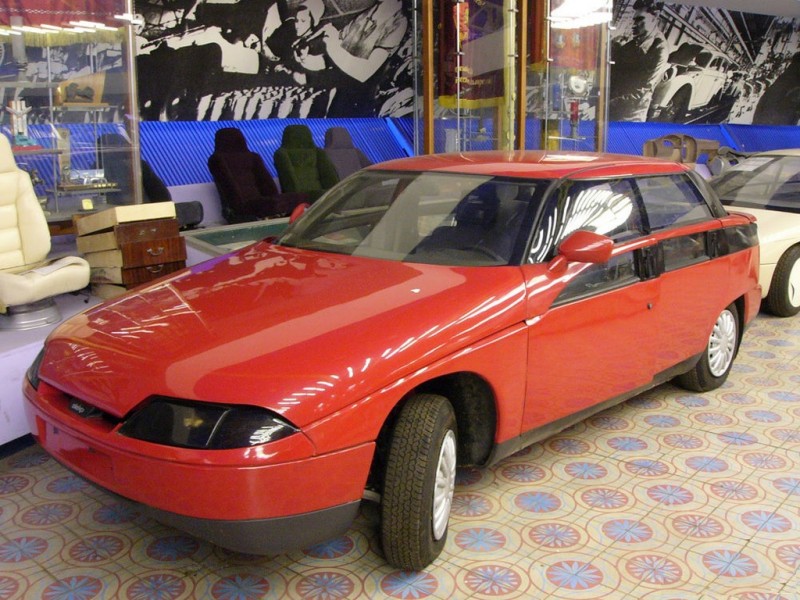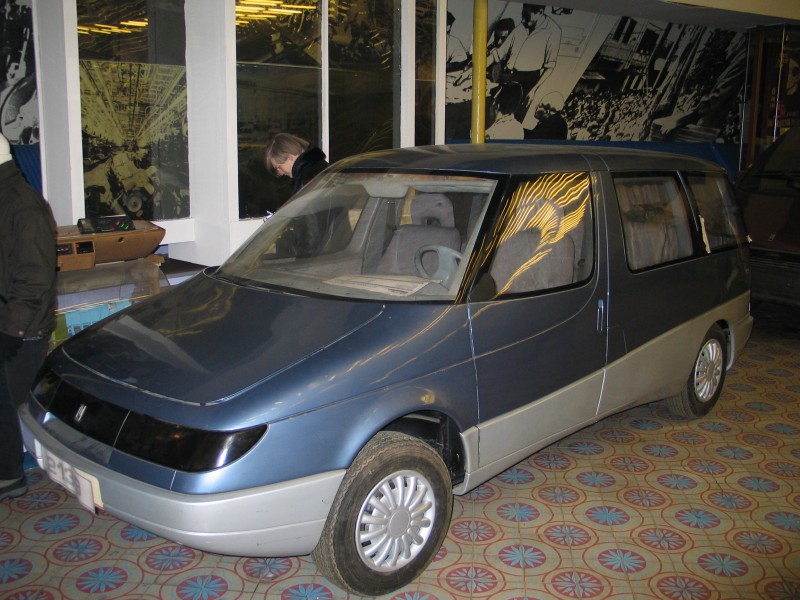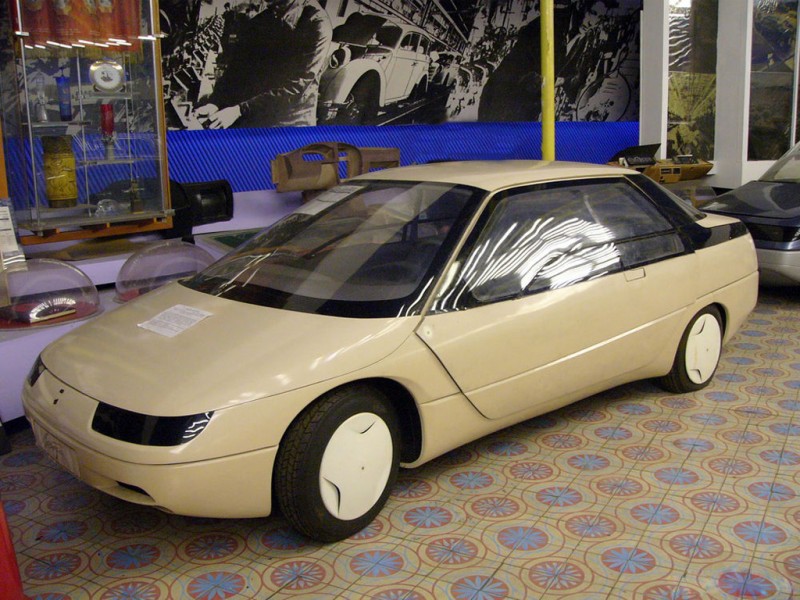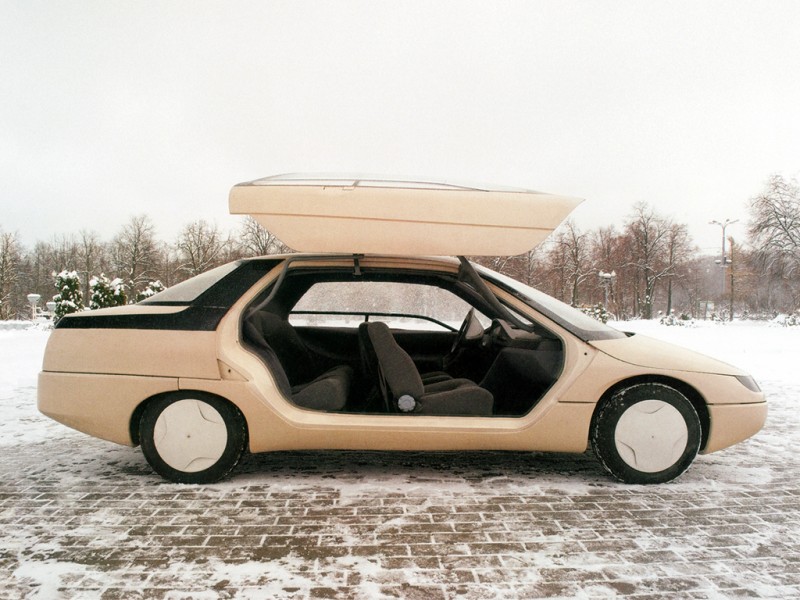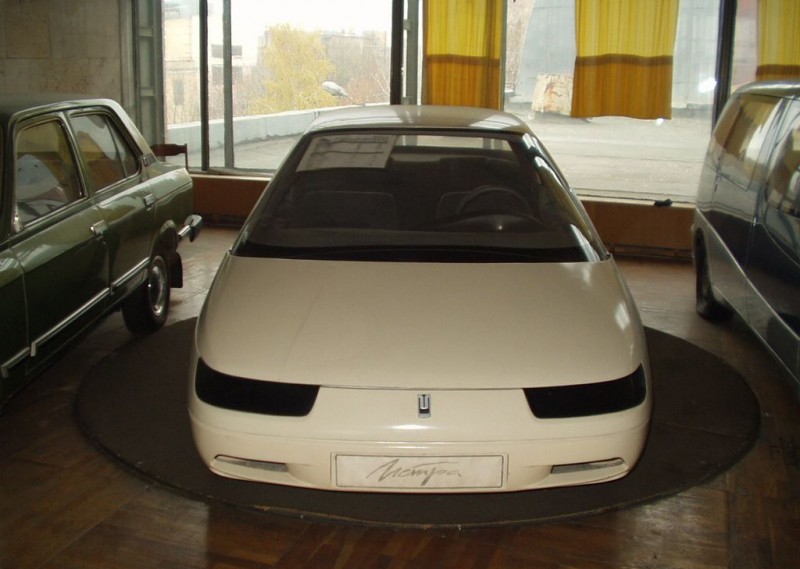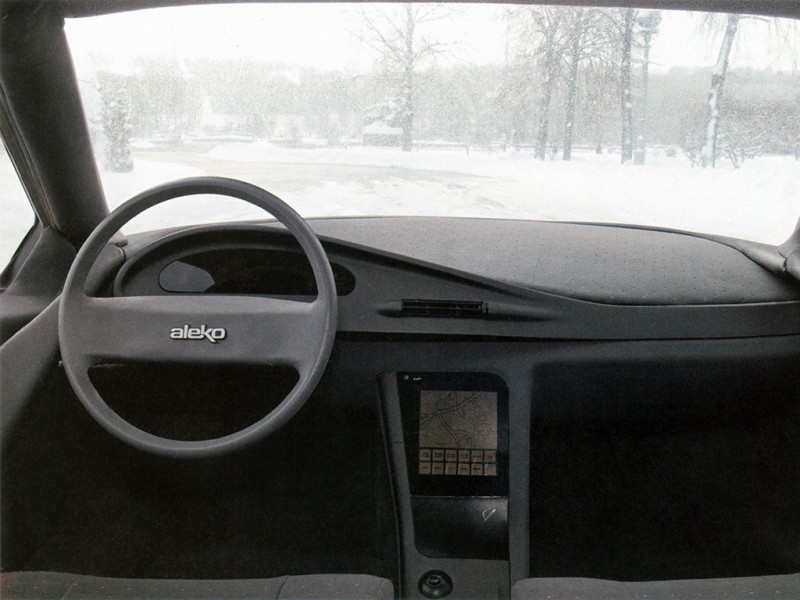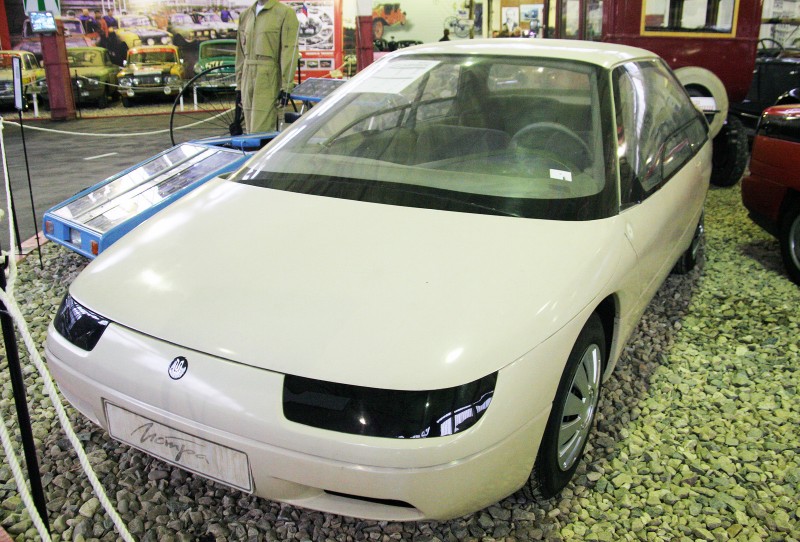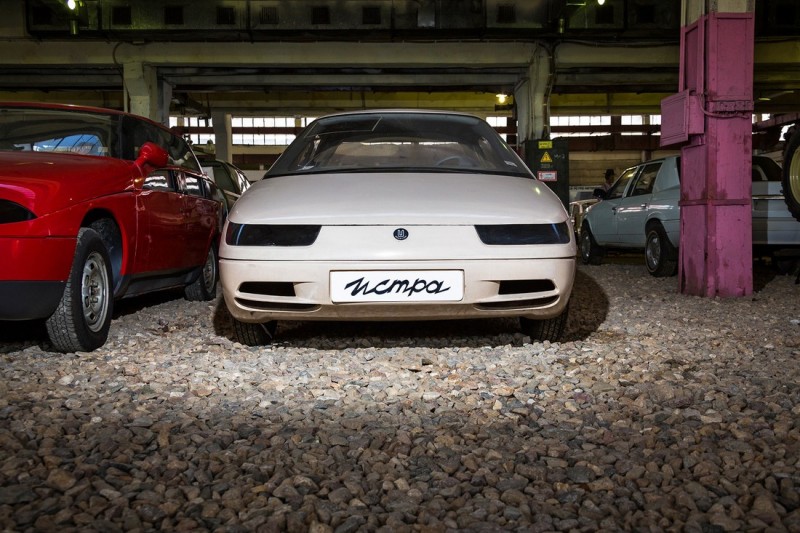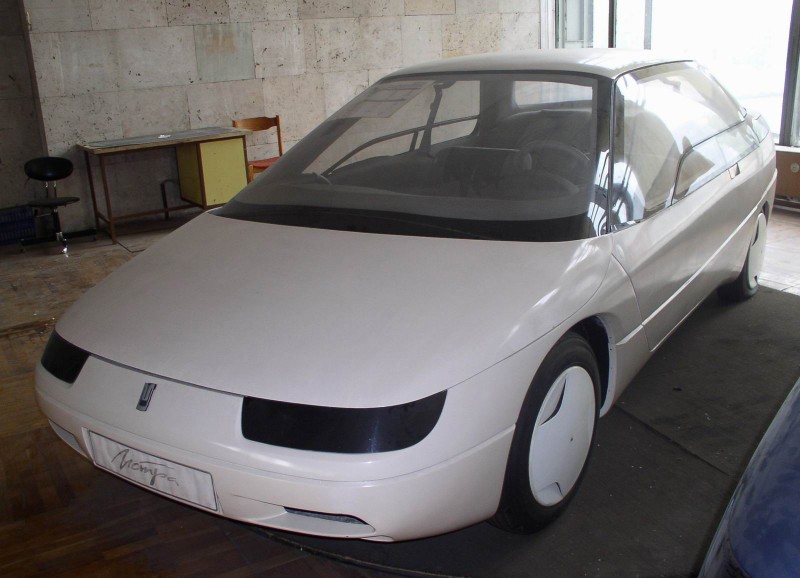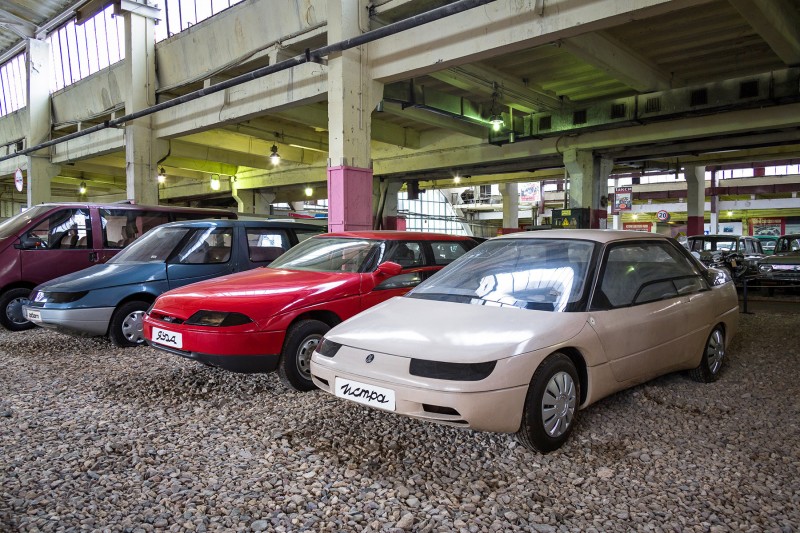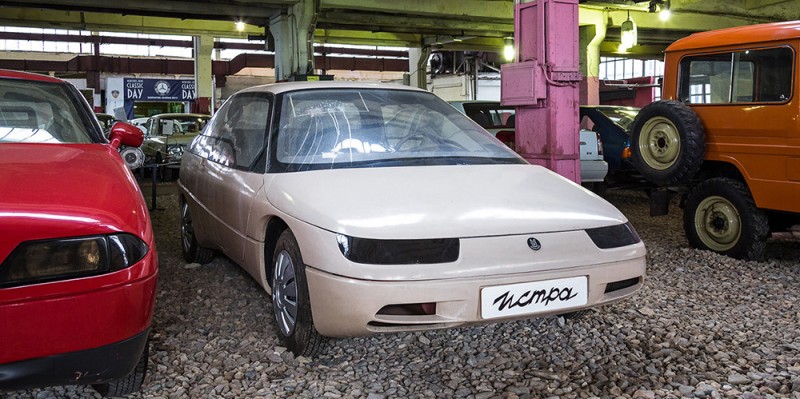Muscovite 2144 Istria
Dying of the Soviet automobile enterprise. At first glance, it seems that these are strange cars with unusual names. In short, Moscow was able to produce developing brands. This article is devoted to this topic. The whole Moskvich model range.
The end of the twentieth century heralded devastating consequences for Soviet and Russian production. All enterprises gradually collapsed, their property was stolen, and workers stopped paying their wages. All this, for logical reasons, affected the quality of the products produced, which suffered.
The factories that produced the machines tried to fight their own poverty. Most of all, the plant “Moskvich” suffered losses. At the end of 80th years, AZLK has got the big credit for creation of personal manufacturing of engines for front-drive Muscovites “2141” and the subsequent models. Before the collapse of the Soviet Union, this department was almost completed, but the funds would have had to be repaid, the price of which was equal to 360 000 000 000 $.
The state support stopped, there was no money of its own. Many people know how it all ended. In 96th year, there was the first termination of the conveyor that has led to not jointing of engines, expensive and tasteless freaks of type “Duet” coupe. Two years later, the company went bankrupt and only suffered from cramps until in 2001 it died completely.
However, in this difficult time, the engineering and design staff did not stop working. As a result, we got quite good models, which never existed, and most likely will not be designed by our people. The names of these cars were slightly romantic – “Istra”, “Yauza”, and “Arbat”…
Model 2144
This marking was received by some concept of AZLK, which embodied the idea of the machine of the future, at least as it was seen before production. The car immediately drew attention to itself. And it is justified, because it was expected to become the leader of the world market of cars, including foreign ones. And the name was chosen successfully – “Istra“, which equally attracted both Russian and foreign drivers.
The designers really decided to work out a lot of promising solutions in this concept. It should be noted that the car was designed not on the proposals of designers and engineers, but only on the instructions of the party management. Gorbachev set a goal for the country – to accelerate scientific and technical progress. Therefore, in the 85th they opened a group of cars with a perspective, under the command of Alexander Kulikov. No one ever thought about the collapse of the USSR, so most of them confidently kept up the optimistic course for the 90s.
Initially, there were four specialists working on the project, but later they were joined by more people. Due to lack of money, design and production could not go as fast as desired. Despite all the obstacles, the small team confidently moved to the task – to produce a super modern car, so that competitors began to worry abroad.
Looks
And there were good reasons to worry. The appearance of 2144 turned out to be advanced for its time. Even today, the design of the prototype can not be called antique. External indicators of the car were important, but were not in the first place. The real step forward was the use of aluminum in the body material. To date, Audi, Jaguar and other cars can be perceived as an everyday element. And in the Soviet Union, at the end of the twentieth century, drivers could only look forward to the use of aircraft material. And it would be evaluated as a space rocket. The goal was to bring Istra to the public.
Clearly, the Kulikov community understood that. For this purpose, from the very beginning, the source of the bodywork material for 2144 was invented. The company had to purchase relatively inexpensive aluminum from “depleted ores of the Kola Peninsula” and from recycling plants. By the way, the car itself was planned to be produced almost completely recyclable.
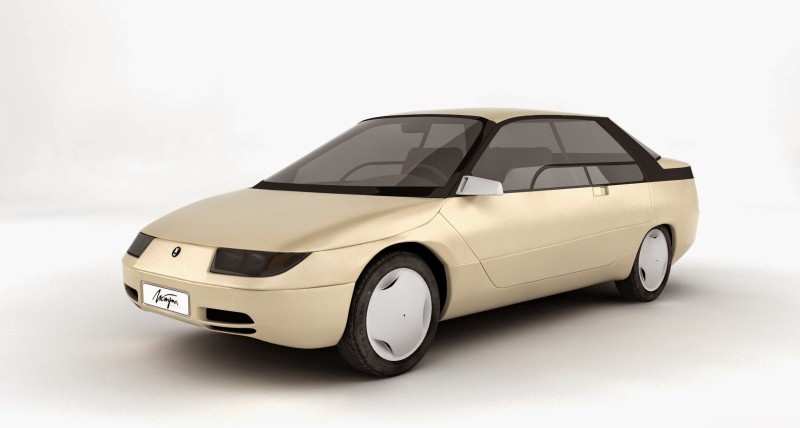
Due to the blowing in wind tunnels, it has become streamlined. According to one source, the air resistance index was only 0.149. The panels were connected by the work of technological experiment by the method of welding, gluing of aluminum elements. The exact model of the bodywork 2144 was developed and its effectiveness was calculated. Engineers expected that using an aluminum alloy they would be able to reduce the weight of the car by 40% in relation to Moskvich 2141. In any case, the weight of about 700 kg was declared for the car.
Looking at the appearance of the machine, it is clear that manufacturers gave themselves the freedom of imagination only when designing difficult doors, of which there was only one pair. These were two lifting doors. It is worth noting that they rose parallel to the machine, rather than opening wide. There’s a plus here, given the discomfort of narrow parking. It’s clear that with this solution there was no possibility to put the car into mass production, but the designers wanted to make it universal and unique. As a result, the driver will simply operate the luggage compartment separately, and if there is a need to transport heavy or large cargo, it is possible to fold or remove the rear and front seats on the right side.
Specifications
The technical side of the job was boiling, too. It was decided to involve German specialists who were famous for their non-standard motors. Engineers were attracted by a turbocharged diesel engine with three cylinders. Its volume was 1.45 liters, which produced all 95 horsepower. Its important advantage was in a very simple and reliable structure. For example, for its cooling it was real to use not only the missing antifreeze, but a simple engine oil. Moreover, the engine was powered by solar oil, kerosene and unrefined vegetable oil. It is worth mentioning that with the last fuel, emissions were minimal. For comparison, 2141 in the test eco-rally produced 2.69 liters per 100 km., and in the case of Istra, this value was 2.2 – 3.5 liters per 100 km., with the function of “start-stop”. You can find the technical specifications Moskvic 412.
During the design, the future model 2144 could be produced with front and all-wheel drive. It was planned to synchronize the power unit with an automatic variable speed gearbox. A group of engineers turned to several defense-related industries for help. The plan was to design an air suspension system capable of changing the ground clearance with the values of 140 mm – 240 mm, ABS, and anti-slip system. Several airbags, belts, climate control and an electro-diagnostic computer were to be supplied in order to save the driver from unnecessary visits to the workshop.
However, no matter how unfortunate, as well as other successful projects, the design of the car Istra – 2144 died, almost without even being born. Taking into account the collapse of a large country and the entire industrial arsenal, Kulikov’s community managed to produce only one model of the car – in the 91st year. The car was well designed, and the appearance and interior, but the body panel was made of plastic and the bottom of steel.
All that worked was the rack and pinion steering. Very soon the state payment stopped coming in and in the 93rd everyone was released on the brakes. Istria did not even have time to show up at car dealerships, for this reason, almost nobody knows anything about it in Europe and CIS countries. But if you think about it, at any exhibition in Germany, for example, 2144 could get a great success.

